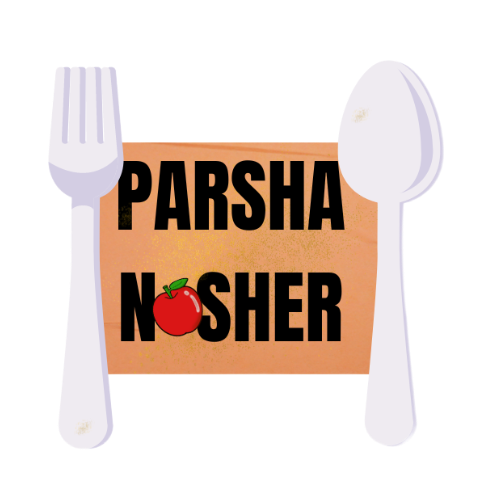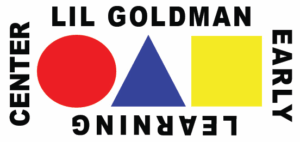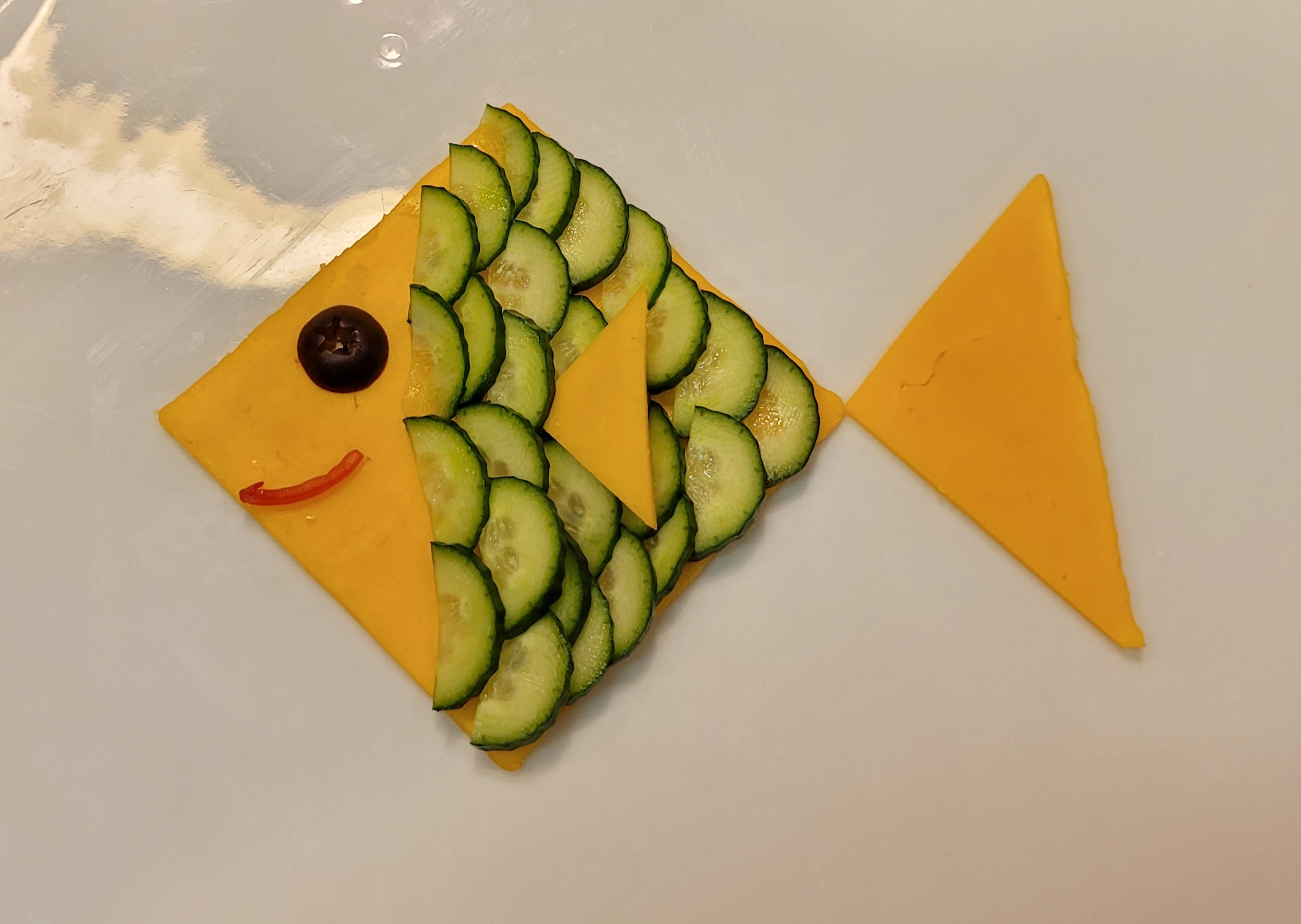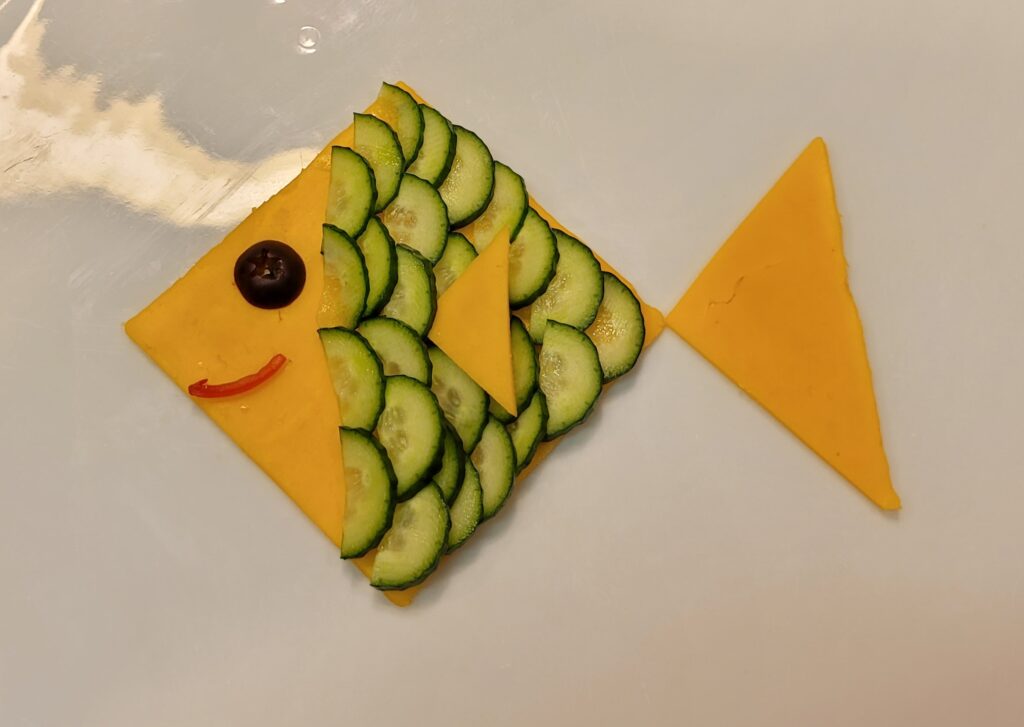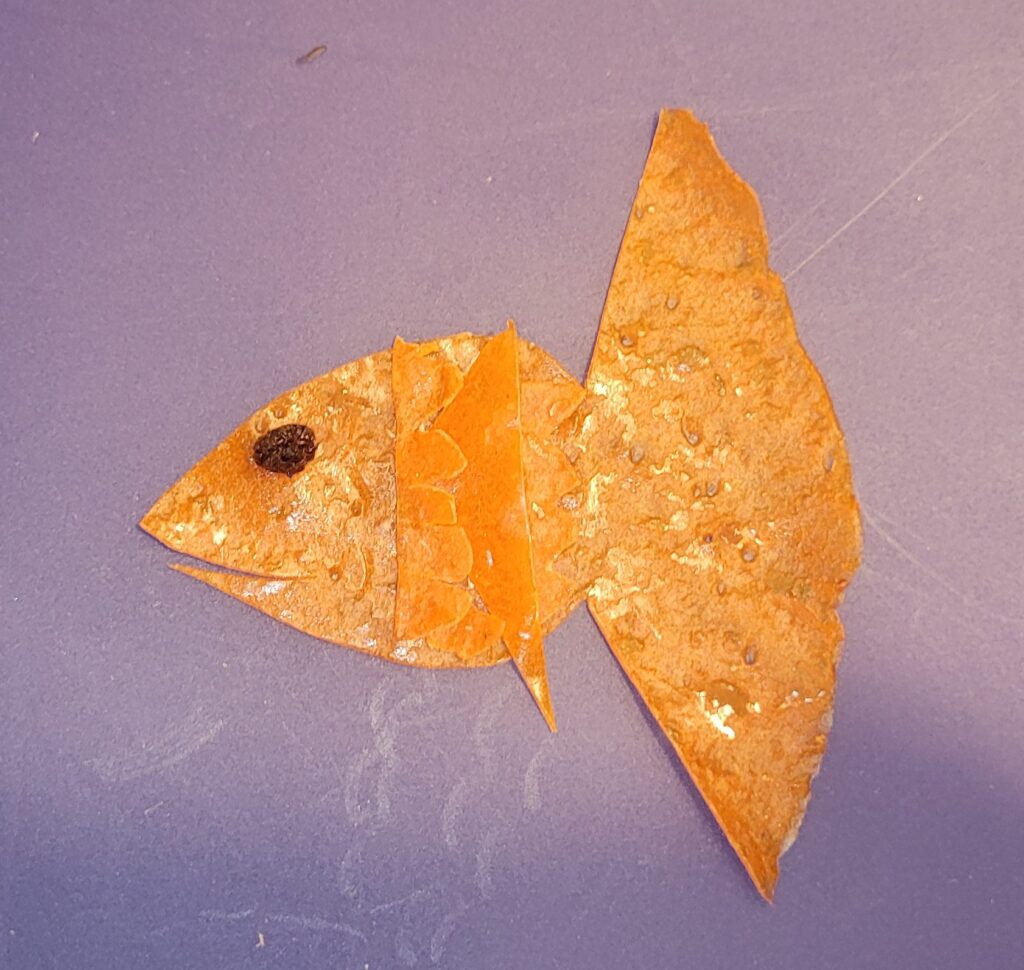| And it was on the eighth day that Moses called Aaron and his sons, and the elders of Israel. | Vahehi, bayom ha-shemini kara Moshe le-Aharon ulevanav uleziknei Yisrael. | וַיְהִי בַּיּוֹם הַשְּׁמִינִי קָרָא מֹשֶׁה לְאַהֲרֹן וּלְבָנָיו וּלְזִקְנֵי יִשְׂרָאֵל׃ |
In Parashat Shemini, we learn what animals are kosher. Different rules apply depending on whether the animal lives in the water, on land, or flies.
Torah Thoughts
In Parashat Shemini, we learn what animals are kosher. Different rules apply depending on whether the animal lives in the water, on land, or flies.
Water animals are the easiest to identify, as they must have fins and scales, and both are external.
Land animals are slightly harder: They have to have cloven hooves and chew their cuds. As the hooves must be completely cloven, and whether the animal chews its cut cannot be determined from a quick glance, a closer examination of land animals is required.
Finally, one identifies which bird can be eaten by tradition. A list of birds is provided, and one must know to which animals these names apply. When we arrived in the Americas, it had to be determined whether a turkey was kosher (it was ultimately decided it was).
Note that some types of locusts are also kosher. Maybe just one type.
The rules of slaughter (which apply neither to fish nor to locusts) are not described in Parashat Shemini; only the types of animals that CAN be kosher (if slaughtered correctly).

